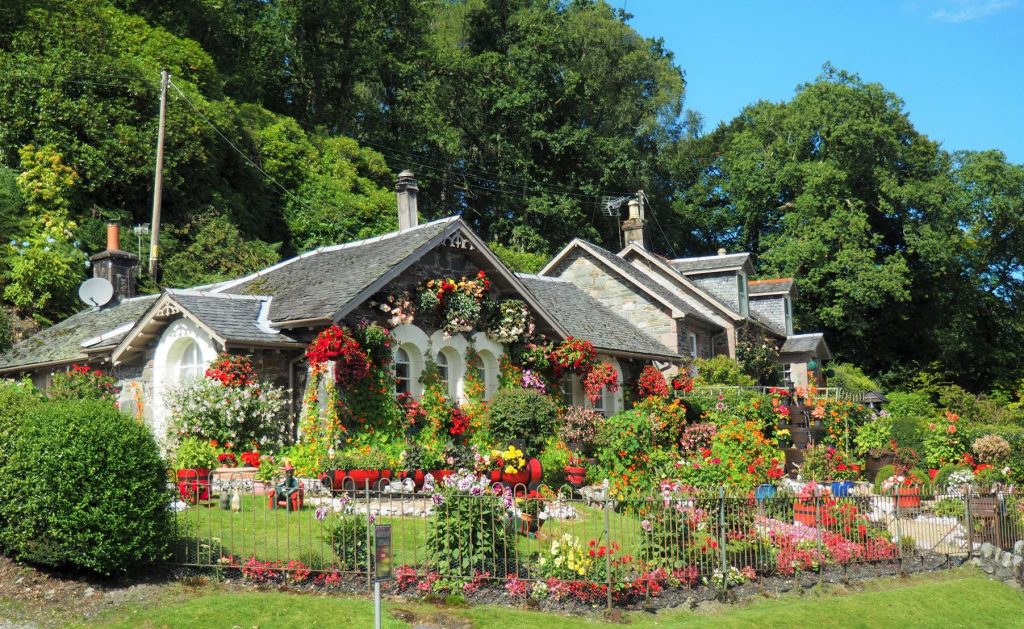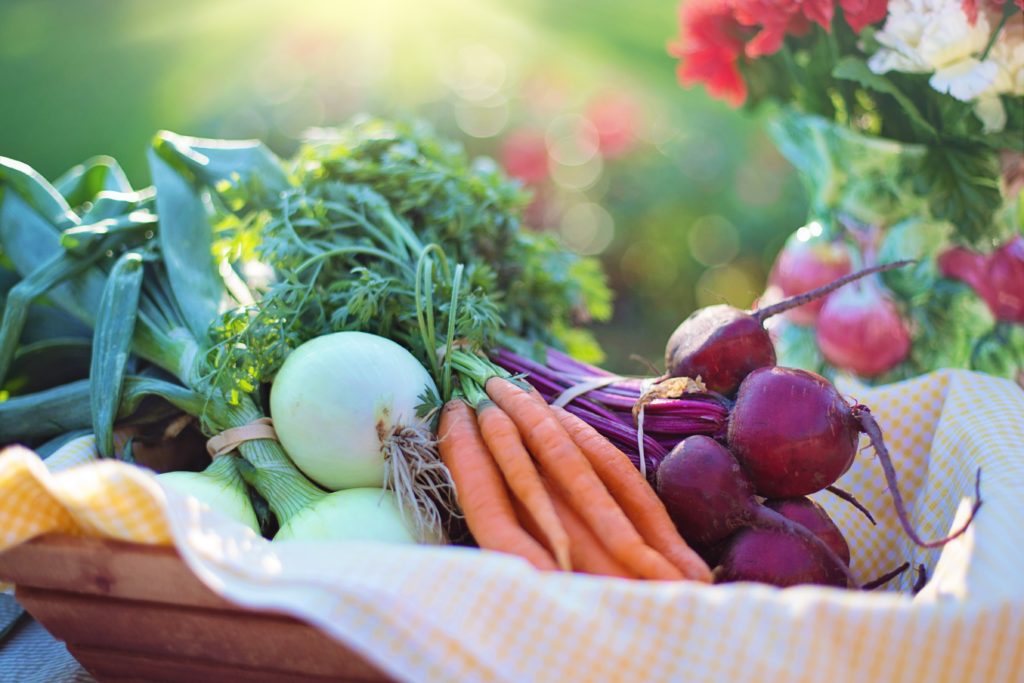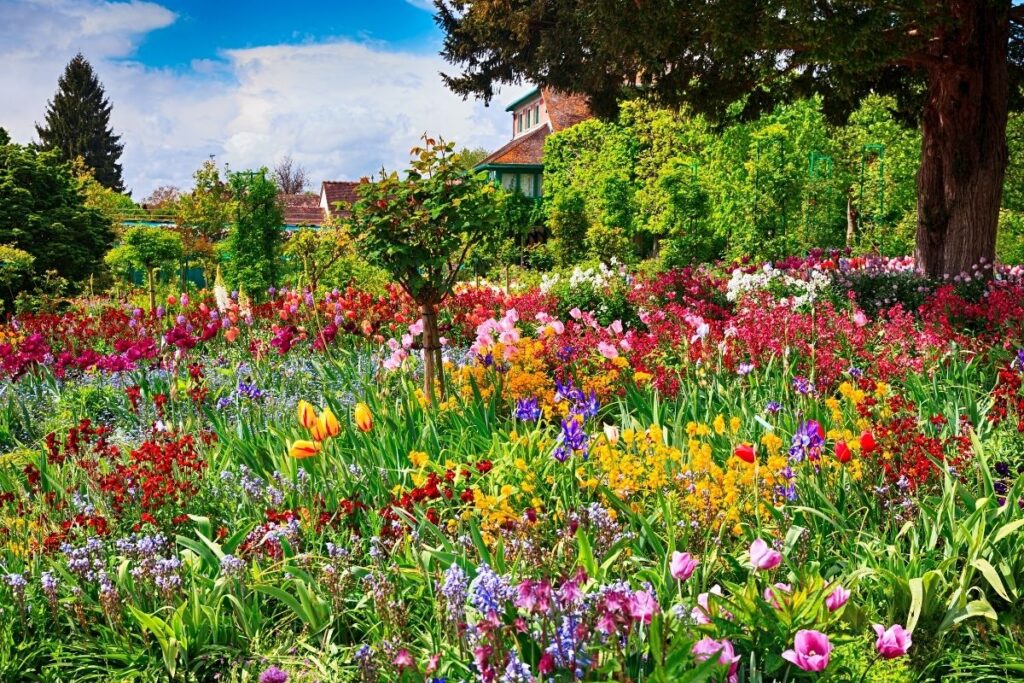Spring is here and all those bulbs seasoned gardeners remembered to plant in the fall are turning into beautiful flowers throughout my neighborhood. Every time I turn a corner and see tulips or ranunculus (a favorite since we can’t grow Peonies in Southern California), I Oooohhhh and Aahhhh and then I kick myself for forgetting to plant a single bulb at all months ago. Not one.
But, all is not lost! If you are forgetful like I am, there is still hope. There are lots of beautiful full sun summer flowers to plant that will give your garden color all season long.
Here’s a list of some of my favorite flowers that thrive in full sun and bloom in the summer:
- Lisianthus
- Sunflowers
- Zinnia
- Marigold
- Celosia Spicata
- Iceland Poppy
- Spider Flowers
- Cosmos
With so many choices, it’s hard to decide which ones to plant. But, luckily, most of these flowers are annuals, so you can always mix it up from year to year and try something new.
Lisianthus
Also called Eustoma, Lisianthus is a favorite cut flower grown mainly for florists. It’s a little hard to find, but some garden centers may be able to special order them for you. (I got mine from my local Armstrong)
They grow to a height of 30 inches and do well in containers and are essential for that ultimate dreamy cottage garden. Lisianthus are suitable in all USDA hardiness zones – yay!
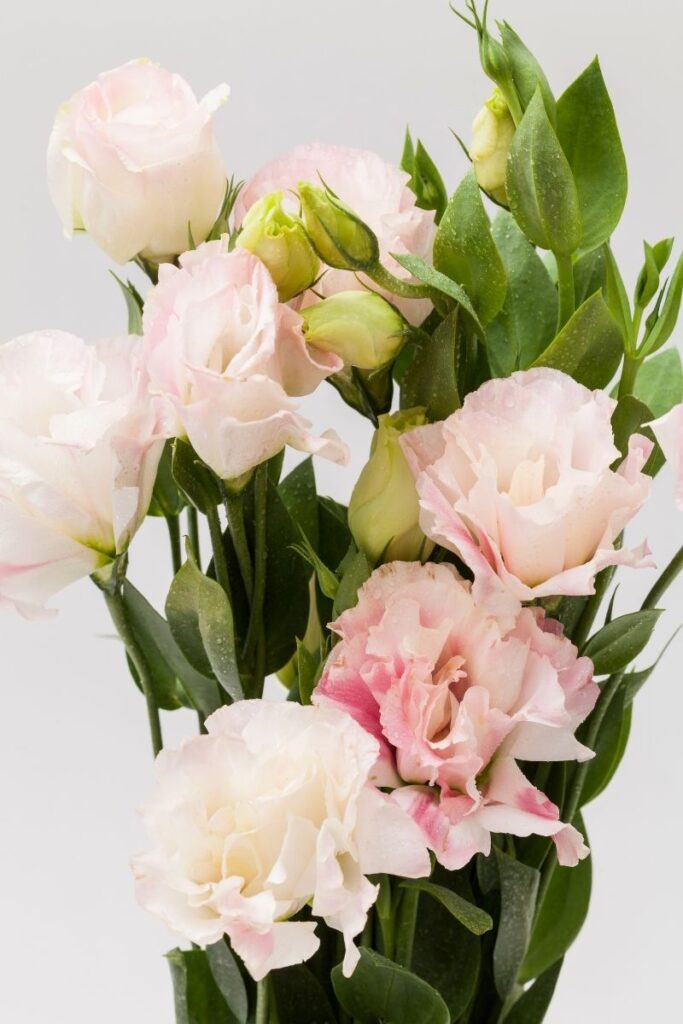
Notoriously slowing growing, it’s best to plant your lisianthus seedlings at the start of spring to allow them to root and get settled before the full heat of summer comes along. If you live somewhere where it rains heavily, be sure to protect them from drowning in the beginning.
Drip irrigation is best with these finicky flowers as they dislike being wet and will display spotting or molding if watered with a sprinkler or hose from overhead. Come July the extra care will all be worth it for those beautiful delicate flowers. If you’re lucky (and you cut all the spent stems down to the base), you may even get a second bloom in September!
Sunflowers
Sunflowers are a classic summer flower that everyone should plant in their garden at least once. These towering plants can grow up to 12 feet tall and produce large blooms that will brighten up any space.
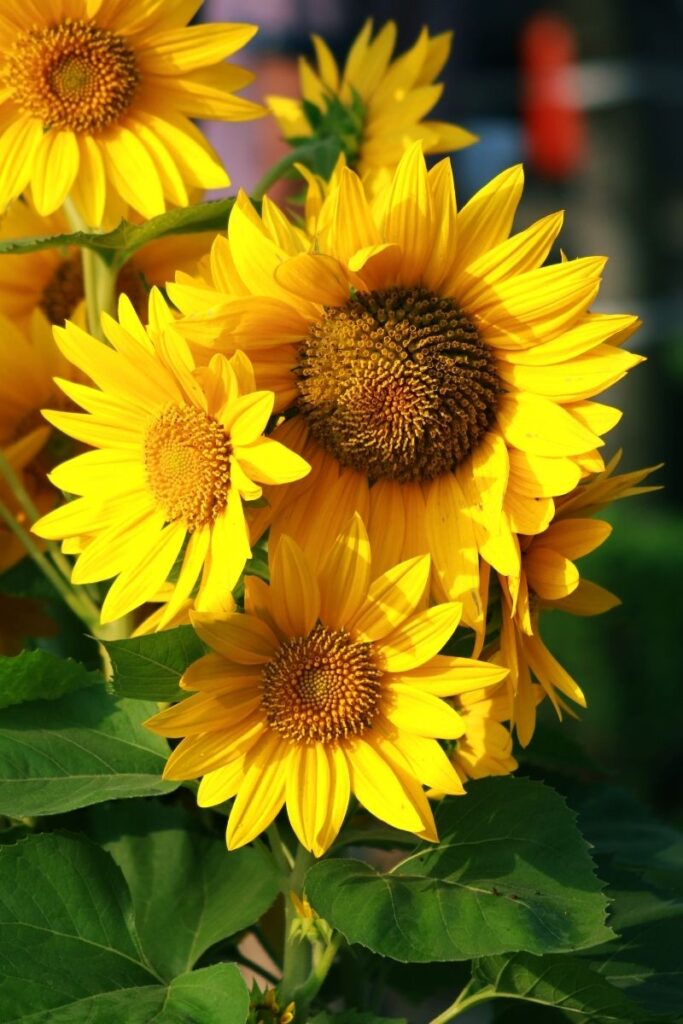
Sunflowers are perfect for attracting bees and other pollinators to your garden. They also make great cut flowers you can enjoy in bouquets or arrangements.
Zinnia
Zinnias are attractive annual flowers with brilliant colors in a variety of hues suited for hardiness zones 3 through 11. These plants come in a wide variety of colors, sizes, and shapes, so you're sure to find one that suits your needs.
Zinnias prefer moist soil to thrive. Young zinnias are especially sensitive to dryness. Once established, Zinnias grow best in hot weather and can tolerate drought conditions well.
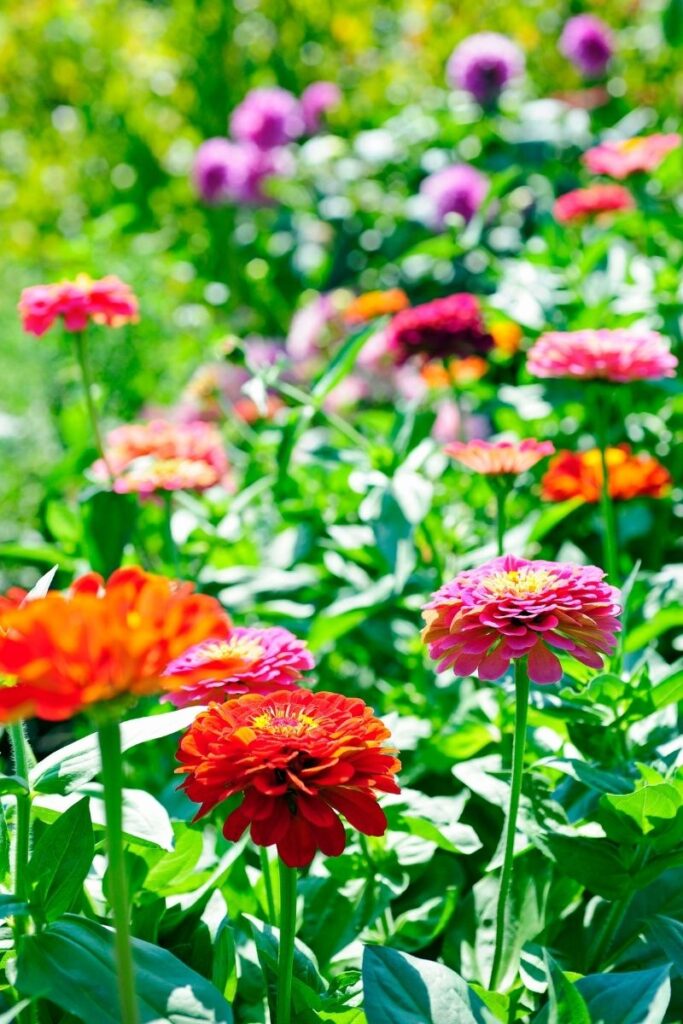
Plant them in a flower or herb garden for color and to attract bees and butterflies and for blooms starting in late spring until the first frost. Dwarf species can be as small as 6 inches with the giants can reach a maximum height of 4 feet!
Zinnias are also known for their long-lasting blooms. Zinnias will last anywhere from seven to 12 days in a vase, depending on the variety, which makes them an excellent choice for growing as cut flowers or making bouquets.
Marigold
Marigolds are a classic summer flower that thrive in full sun conditions. They are a favorite among gardeners for their bright orange and yellow blooms - with some varieties showing off red and black. Marigolds are easy to grow and resistant to pests and diseases, making them a great option for beginner gardeners.
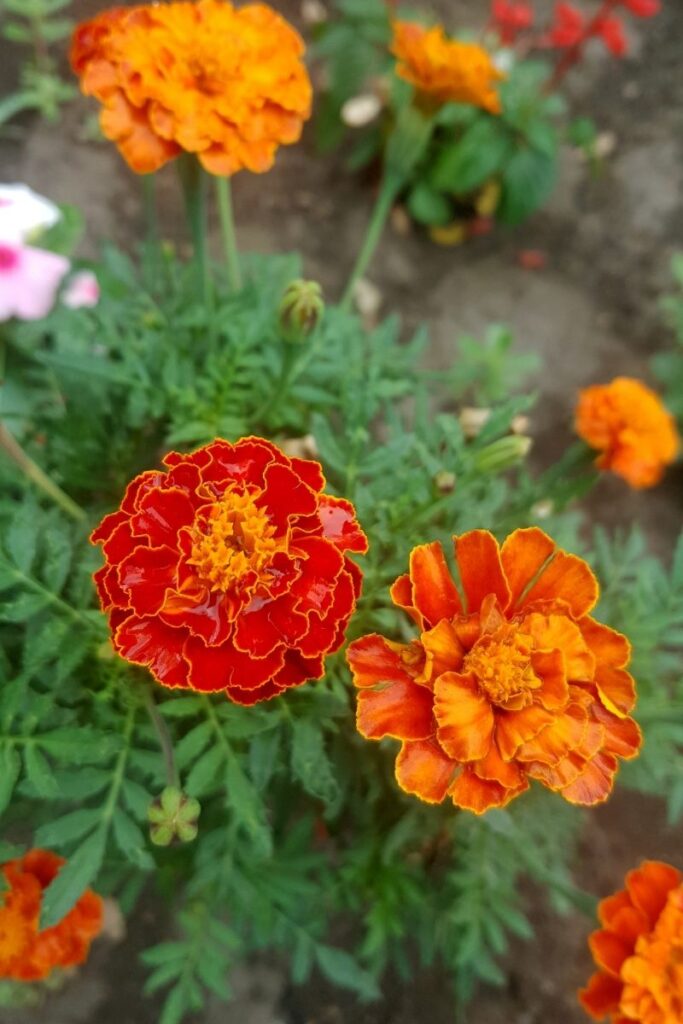
These plants are easy to care for and bloom throughout the summer months. Marigolds also have a strong scent that is often used in perfumes and candles and are often used as companion plants for natural pest control.
Marigold thrive in full sunshine and well-drained soil in zones 2 through 11. Seeds take just a few weeks to sprout, with blooms that can get up to 2 feet tall.
Celosia Spicata
Celosia spicata, commonly known as wheat celosia, is a stunning annual flower that blooms in eye-catching spikes of pinks and purples.
Celosia is easily grown from seed and dislikes being transplanted. Best results come from direct sowing seeds in late spring or early summer after the soil has warmed up and the last frost date has passed. If you need to start indoors, use a peat pot that can be planted whole. Seeds take about two weeks to germinate and the plants will bloom from summer through fall.
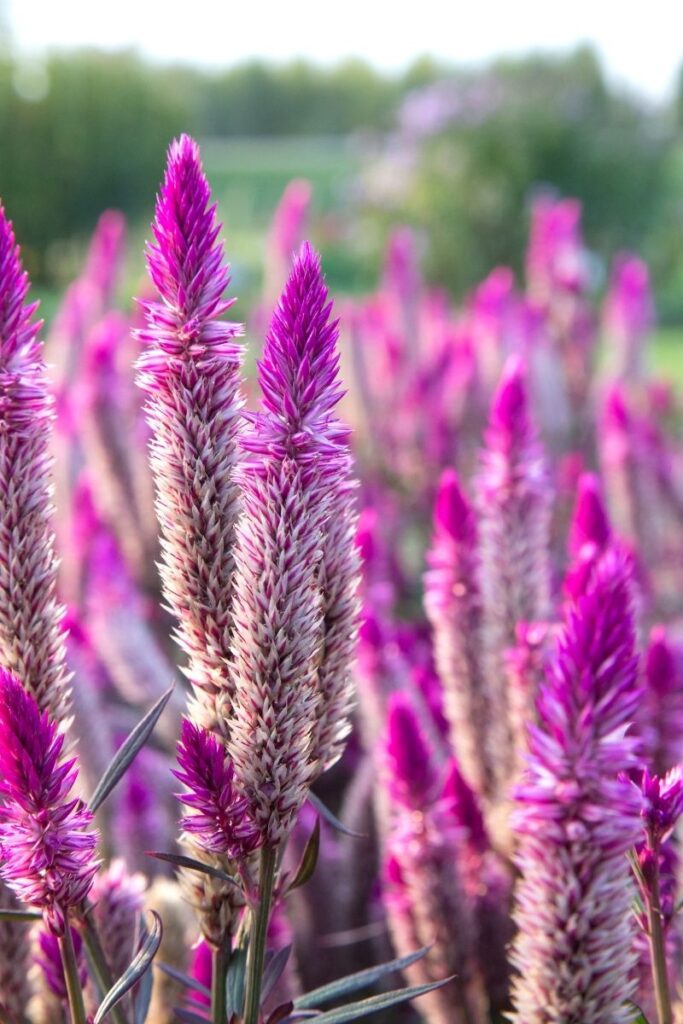
The plant grows best in full sun and well-drained soil in hardiness zones 9-11. While an established plant is somewhat drought tolerant, it does prefer consistent moisture to keep it from wilting. Be sure to deadhead spent blooms to encourage new growth.
Celosia spicata is a great choice for adding color and texture to bouquets and arrangements as well as for drying. Bundle several stems together with a rubber band and hang upside down in a dry, cool room with good air flow. Don't forget to place a piece of newspaper under your bundle to collect any falling seeds.
Celosia attracts butterflies, hummingbirds and songbirds and can come back for up to three years!
Iceland Poppy
If you're looking for a summer flower that thrives in full sun and blooms in a variety of colors, Iceland Poppies are a beautiful addition to any flower garden with their delicate blooms in shades of yellow, orange, pink, white and red. These flowers are native to Iceland and have been cultivated for centuries.
Iceland Poppies (Papaver nudicaule) are relatively low maintenance and do not require deadheading. However, they may need staking if grown in full sun or in areas with high winds.
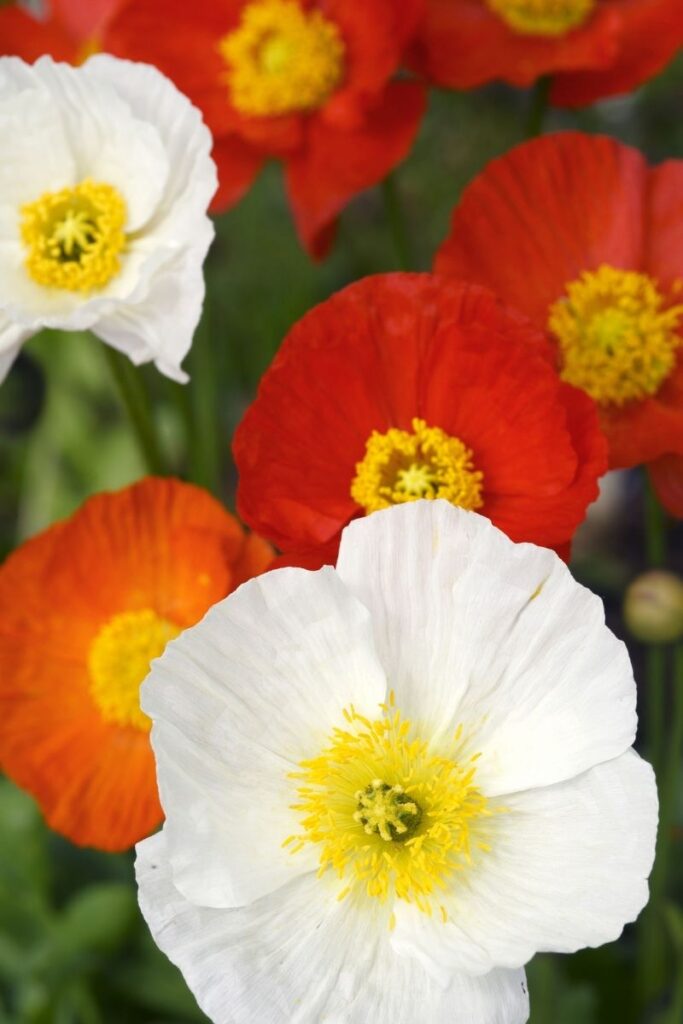
Iceland Poppies grow best in full sun to partial shade in well-drained soil. They are tolerant of a wide range of soils, including clay and sand. Seeds can be started indoors or outdoors, and plants will bloom from early spring to early fall in zones 2-7.
They love full sun, but prefer cooler weather and can withstand some shade. If you're in warmer zones 6-10, try the California Poppy (Eschscholzia californica), Flanders Poppy (Papaver rhoeas) or Spanish Poppy (Papaver rupifragum).
Spider Flowers
The Spider flower (Cleome hassleriana) is an annual that blooms in shades of pink, purple, white and even yellow. The plants get their name from the long, spidery petals that surround the center of the bloom.
Spider flowers are easy to grow from seed and will bloom all summer long attracting butterflies and hummingbirds to your garden. They require very little care, are tolerant of a wide range of soils, and prefer full sun to partial shade.
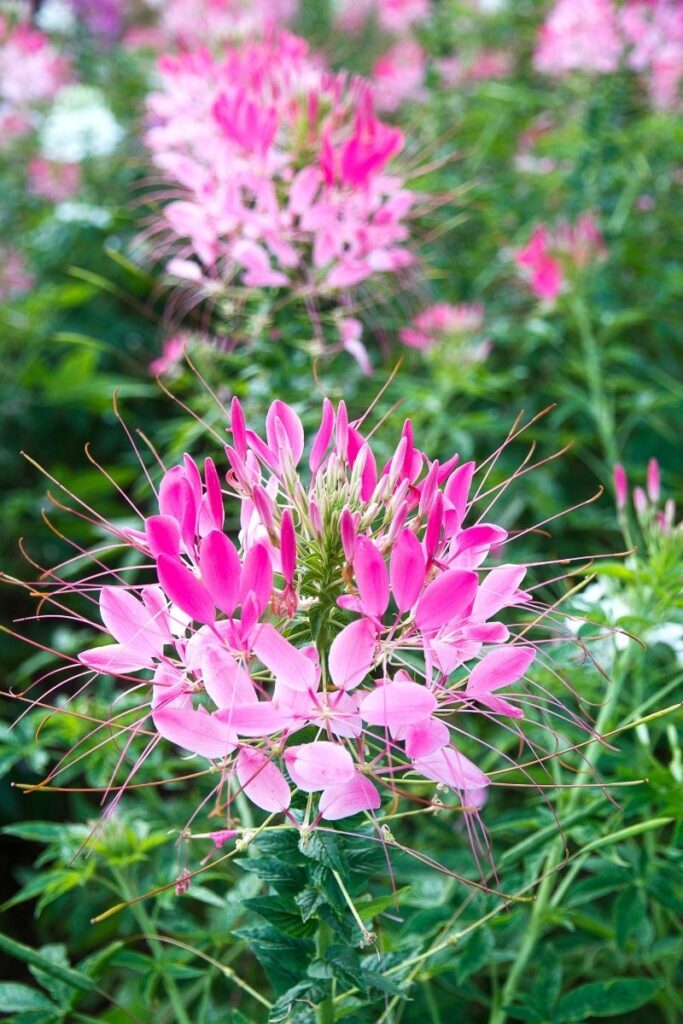
Cleomes are finicky to start seeds indoors and dislike being transplanted so it's best to direct sow after the danger of frost has passed. A space of 18 inches should be left between the germinating seedlings. Spider flowers will bloom from summer until frost and will usually self-seed. This makes them a perfect transition flower for your fall garden.
Spider flowers are native to South America but grow well in hardiness zones 10-11, reaching a height of up to 5 feet tall!
Cosmos
Cosmos (Cosmos bipinnatus) is a beautiful annual flower that blooms in shades of pink, purple, white and red. The flowers have a daisy-like appearance with petals that surround a center disc.
This easy to grow plant is perfect for adding color to any summer garden. Cosmos are drought tolerant and prefer full sun, but will also grow in partial shade. They are not particular about soil type and will even do well in poor, sandy soils.
Seeds can be started indoors or direct sown outdoors after the last frost date has passed. Spacing should be about 12 inches apart. Once established, cosmos will bloom from summer until fall and may even reseed themselves for next year!
We hope you enjoyed this list of full sun summer flowers to plant for a colorful garden! Which are your favorite?

